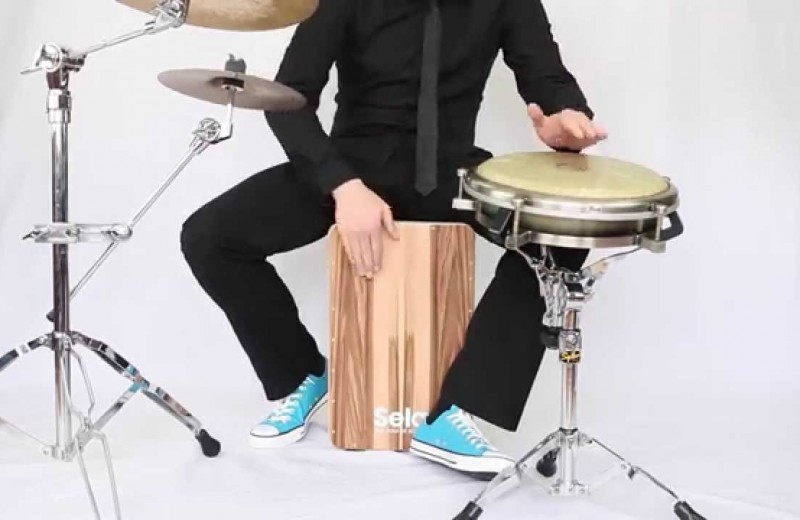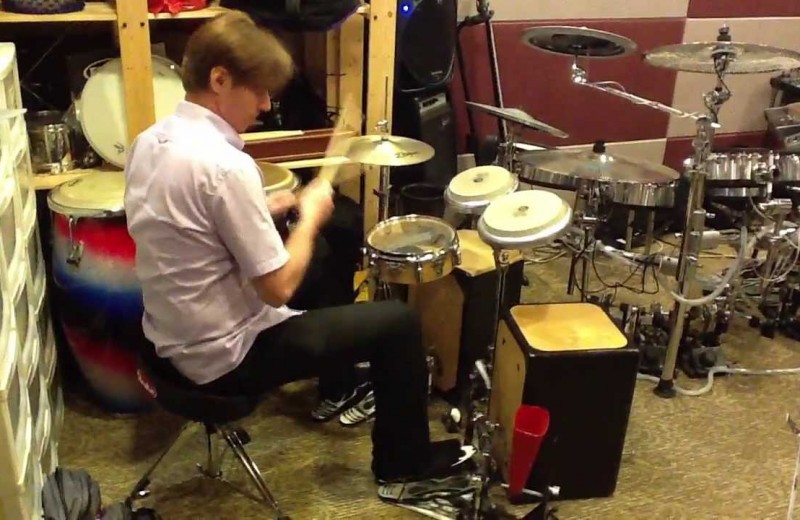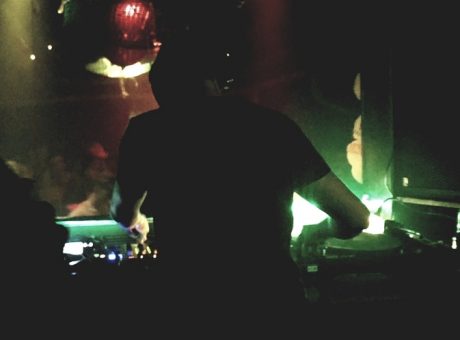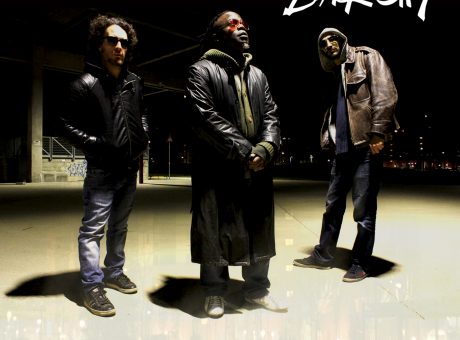Have you ever seen a drummer sitting on a wooden box and playing melodic grooves out of the box? You know, a weird looking box that looks something like a tea chest. If our guess is correct, then what you saw is a Cajon drum. The Cajon drum is a traditional instrument made out of packing crates and has been used as the primary source of music by many cultures such as in afro music, Cuban music and flamenco music.
The Cajon drum is popular with quite some percussionists today, and it is known for some of its key features which include portability and size. With interest growing for the use of the instrument it is no surprise that a new modification surfaced the music market. One thing that didn’t change is the fact that the Cajon drum is still a wooden box, either current or traditional, irrespective of the quality of sound it produces.
Using the Cajon drum in a studio would require a lot of skill and practice to perfect, but the most crucial aspect is your knowledge of the instrument. A proper understanding of a musical instrument enables you to produce top quality sounds from the instrument, due to the appropriate knowledge of the natural sound of the instrument, tuning of the instrument and how edited sounds are supposed to sound like.
So, what is the Cajon drum?
WHAT IS THE CAJON DRUM?
The Cajon drum is an instrument that is shaped like a box. It originated from Peru and is played by slapping the faces of the drum. The faces usually hit are the front and rear faces. Although, the percussionist can hit the side faces for added effects and tones. The faces are made of thin wood (plywood) and are played using the fingers, hands and different forms of sticks such as the mallet, brush or conventional drumsticks.
The Cajon drum is played in Afro-Peruvian music primarily, and other contemporary styles of music such as in jazz and flamenco among others. It is made with wood sheets that are about 0.5 to 0.75 inches in thickness on five sides of the box. The batter head, the sixth side or face, is usually made with a thinner form of wood nailed on to the rest to form a complete box. The batter head is referred to as the ‘tapa’ by the traditional folks and produces sounds when hit. The sounds can be controlled, and one way of doing that is by cutting a sound hole at the back of the box opposite the ‘tapa’.
The versatility of the Cajon drum is very remarkable, and one can but wonder if it can be used in hip-hop music.
CAN THE CAJON DRUMS BE USED IN HIP HOP MUSIC?
The answer to that question is yes! The Cajon drum is an excellent approximation of the conventional drum kit. Some versions of the Cajon drum come with a snare, for versatility, fitted inside the box and made from tensioned guitar strings. It offers dynamics to enable you to produce variations of sounds such as the deep thud of a bass drum or a pseudo-snare sound. All these features make the Cajon ideal for hip-hop music, and one can say this percussion instrument would do exceptionally well in rap music. From the freestyle rap battles on the street to a mini performance with minimal live equipment, the Cajon drum seems to fit into the scene perfectly and conveniently.
RECORDING THE CAJON DRUM
The unique structure, although one can describe it as weird, of the Cajon drum makes one wonder ‘how on earth can this drum be recorded?’ It is quite simple once you know exactly how the instrument sounds naturally. For example, a snare drum can be recorded using two microphones; one for the batter head on top and one for the resonant head and rattle at the bottom. Although, the standard practice is to use a single microphone for the batter head. When you notice two, you can perceive that the user did that due to the need of some particular sounds, and this can only come from knowledge of the instrument.
One way to enhance the low-end natural sound of the Cajon drum is by placing close to the wall or in a corner. The boundary effects add power to the low end, and hard surfaces produce a lively sound than on a padded surface. But your studio is more of padded covers than hard surfaces, and getting the natural sound would be a little challenging. For studios with hard surfaced recording rooms for their acoustic instruments, a single, distant microphone (one with a full range capacitor) would do the trick.
In cases where the Cajon drum is played as an acoustic or semi-acoustic instrument, using a microphone at a very close distance is the only workable option. The close microphone range is to ensure that a large number of sounds do not escape, and one way to make this more effective is by using a booth or isolation screens.
A bass drum microphone, with a full-range capacitor, is often used at the back of the drums to enhance the low-end sound. If you do not want the low end to be too boomy, the best thing is to place the microphone at 20 meters from the hole and a 45-degree angle. Cardioid capacitor microphones usually capture the front-surface sounds. Setting the microphone should be done by putting it in a place that produces the sounds that suit your ears. Just make sure you do not block the striking surface in the process.
You would get a complete sound by mixing the sounds from the two microphones, and ensure that you flip the polarity of one of the microphones since the two are oppositely facing each other. Other forms of editing are done with an equalizer and mixer.










